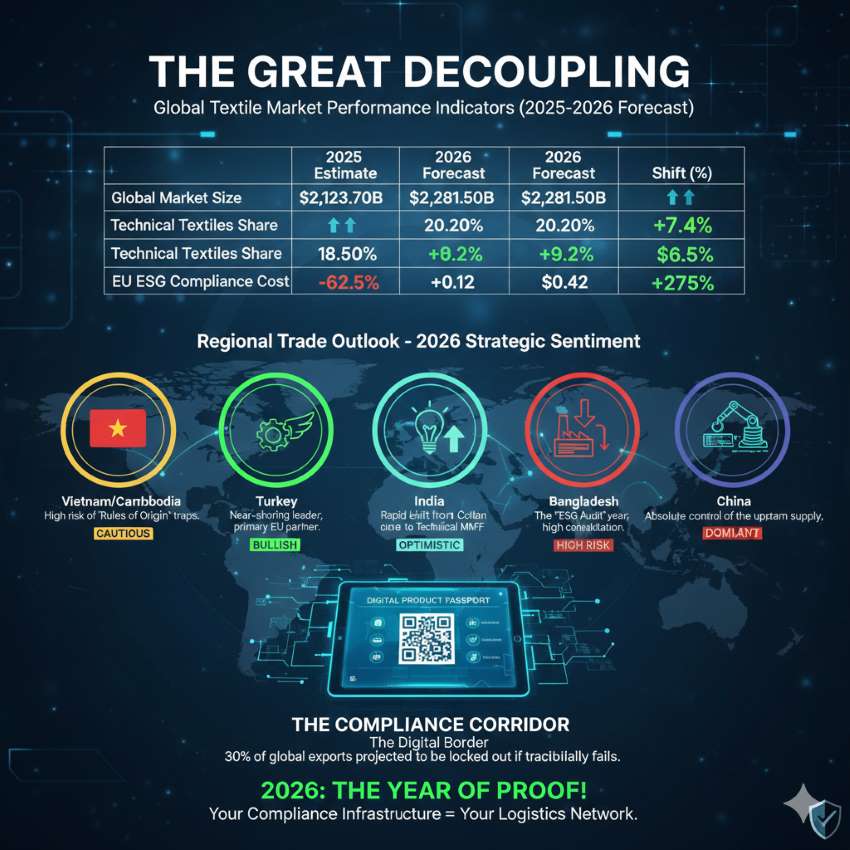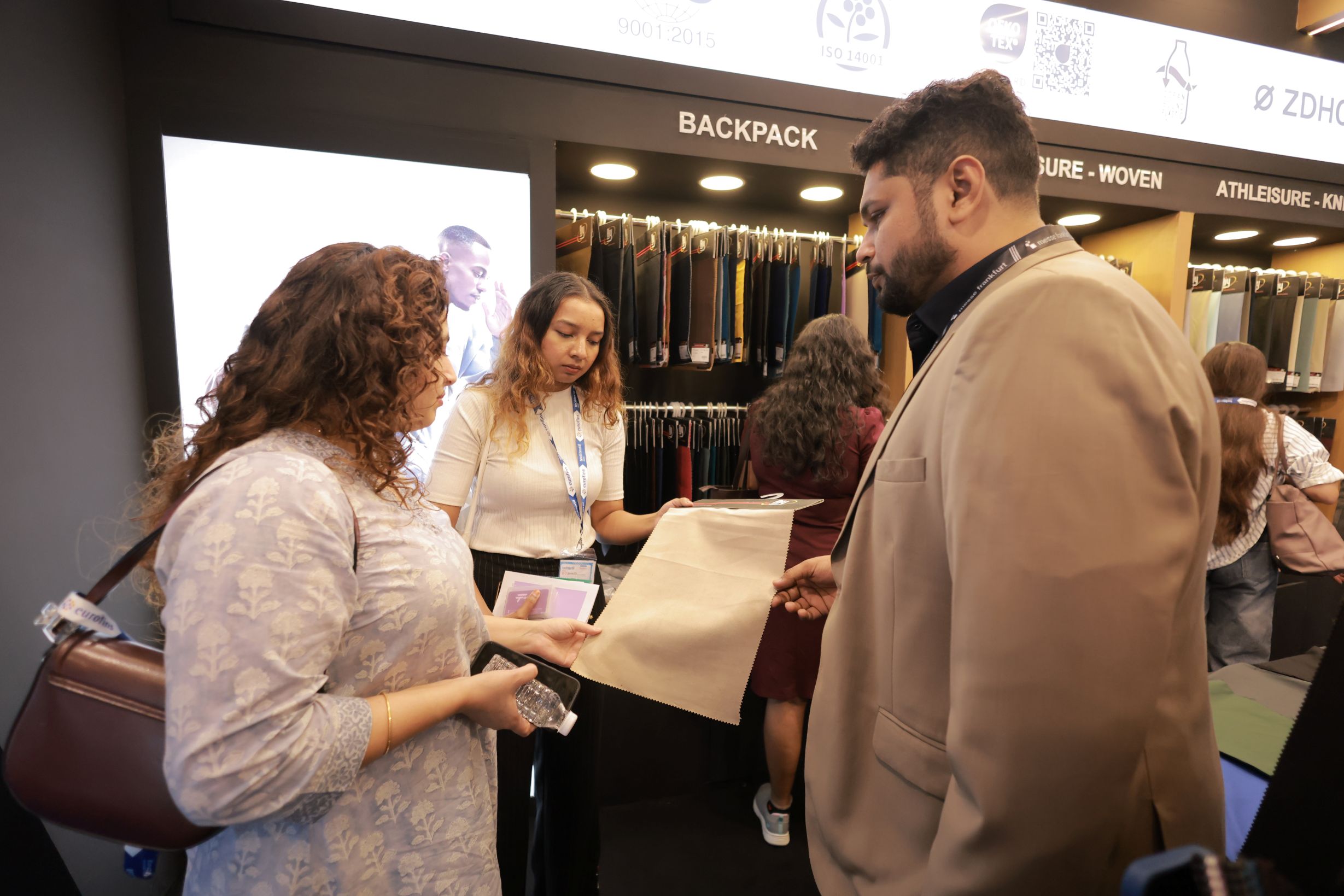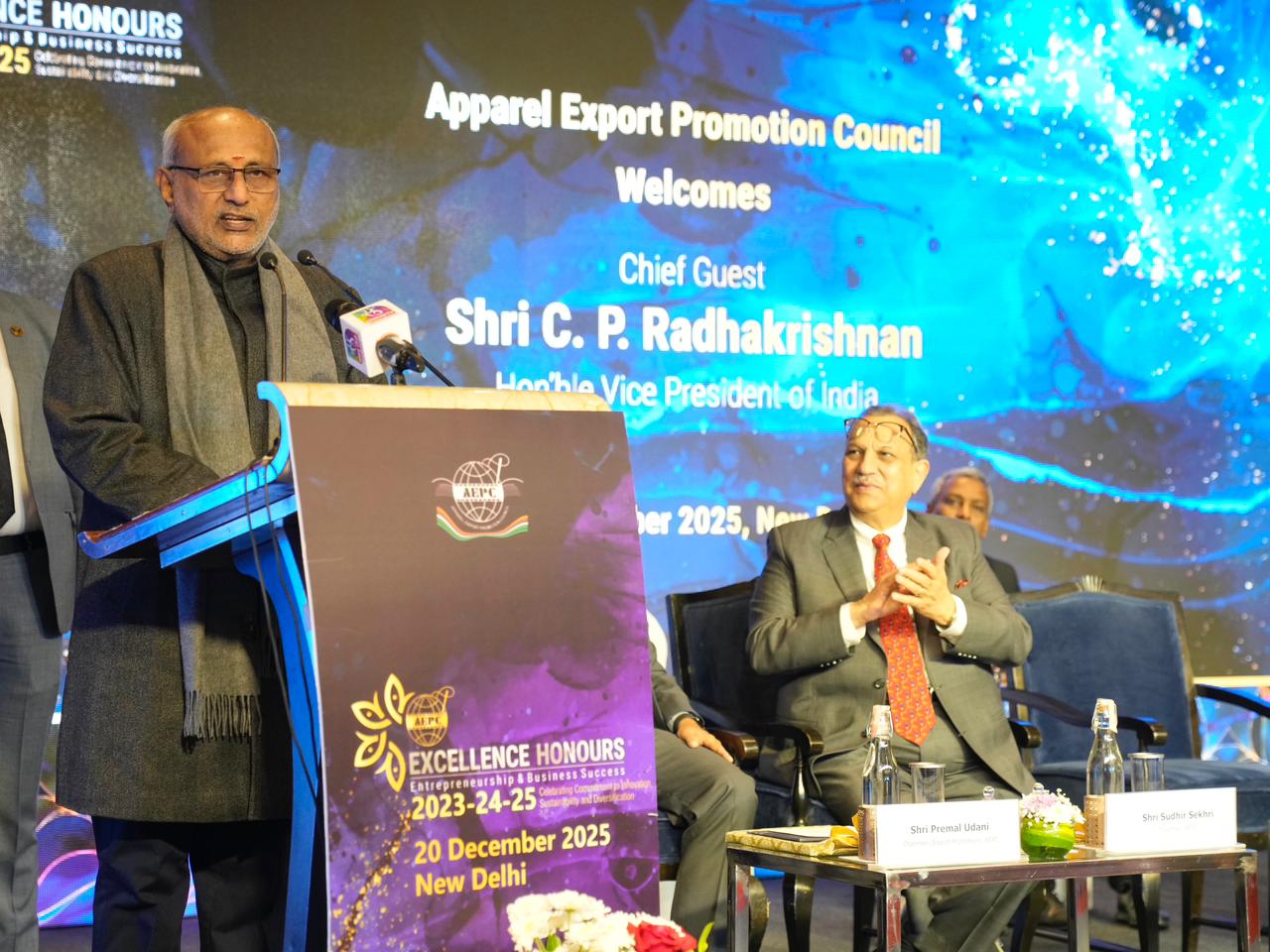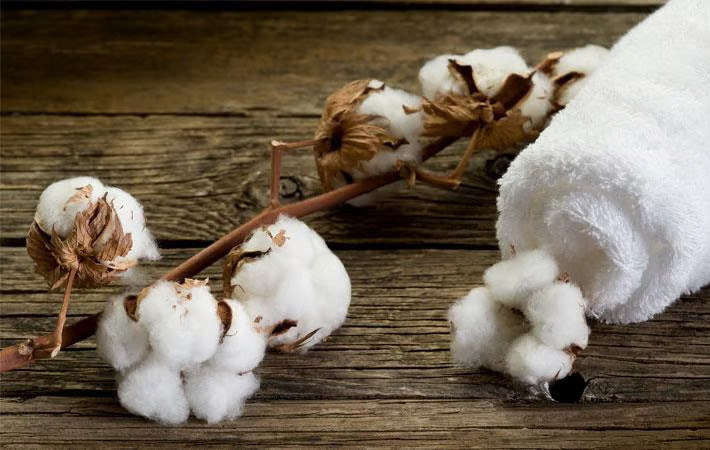FW
Mumbai-based textiles maker Welspun India reported a 38.39 per cent decline in consolidated net profit for the June quarter. Total income during the quarter was down 3.65 per cent. Total expenses of the company during the quarter were up 3.92 per cent.
Welspun India is part of the Welspun Group and is also gaining momentum in new channels such as hospitality and e-commerce. Welspun wants to be a $2 billion, debt-free company by 2020. Setting up Wel-Track, which traces cotton from its source to the point-of-sale, the company is bringing in traceability to the fore with plans to chart the brick-and-mortar route ahead.
The US continues to be a key market for Welspun which contributes around 65 per cent to its business, with 25 to 30 per cent coming in from the rest of the world, and five per cent from India.
In smart textiles, Welspun’s new initiative in home décor features augmented reality-infused duvet covers and rugs for children. Called Spin Tales, it has launched in Toys R Us in the US and on Amazon. It has also recently launched in Lifestyle stores in India and will be followed by Hamleys and QBC in the US.
On the eve of third National Handloom Day textiles minister Smriti Irani, inaugurated a camp for weavers MUDRA and Hathkargha Samvardhan Sahayata Schemes at Bijoynagar in Assam. She announced weavers will henceforth be able to avail a wide array of government services from Weavers’ Service Centres (WSCs).
Besides providing technical assistance, the WSCs will serve as a one-stop centre for weavers, providing various services, including banking, passport, insurance, PAN card, voter ID and AADHAAR. Weavers will also be able to pay their electricity bills and undertake online courses at WSCs. There are 28 WSCs under the Office of Development Commissioner (Handlooms), Ministry of Textiles, functioning across the country. Weavers visit these WSCs frequently, to avail technical assistance.
The PM Jan Dhan Yojana has eliminated middlemen and enabled transfer of public money directly to the bank account of deserving citizens. The minister expressed her satisfaction that more than 250 women applied for MUDRA loans in just an hour after the camp started functioning. She informed the 600-odd woman weavers present, that loans ranging from Rs 50,000 to Rs 10 lakh can be availed under MUDRA Yojana with no requirement for any security whatsoever.
MUDRA loan sanction letters were distributed to 50 weavers on the occasion, and appealed to all weavers to apply for the loan and improve their incomes. The Minister highlighted handloom weavers in Sambalpur, Odisha, were able to improve their earnings by more than 60 per cent within three months of availing MUDRA loan.
The US will investigate whether China’s intellectual property policies constitute unfair trade practices. That would pave the way for the US to impose sanctions on Chinese exporters or to further restrict transfer of advanced technology to Chinese firms. American business groups want their country to take a tougher trade line with China. They feel not much attention has been given to areas like intellectual property.
Discontent has intensified as China’s economy continued to expand and its computer and software sectors become bigger competitors internationally. Western firms fear China will use the regulations to bar foreign investments in areas that China targets for investment, including semiconductors, advanced machine tools and artificial intelligence.
China has a law requiring foreign companies to place data centers in China, find Chinese partners and transfer technology to the joint ventures. China says she is protecting herself from efforts by western intelligence services to tap into Chinese computer systems. But foreign businesses say this amount to surrendering their brand and operating control in order to do business.
However, US companies that want to keep their most advanced technology from Chinese hands would probably back a move to be tough on China while others that want to license technology to Chinese firms could find any such measures a hindrance.
In 2016, sales of organic fibers in the United States were up 9.2 per cent from the previous year. Sales of non-food organic products rose by nine per cent. Organic fibers, supplements and personal care products accounted for the bulk of sales. The organic fiber and textiles category continues to rank as the largest non-food organic category in the US market. Organic fiber sales accounted for almost 40 per cent of the total organic non-food sales in 2016.
There was an increase in the use of organic products in apparels, bedrooms and bathrooms of US consumers. Adequate supplies of organic textiles are a continuing challenge in the organic fiber market. However, US organic cotton farmers produced a record 17,000 plus bales in 2016, to help alleviate supply concerns. There are two main categories of fibers: natural fibers, which can be from plant or animal sources, and manmade fibers, also referred as synthetic or artificial fibers.
Organic cotton is now available in colorful new designs using ecosafe dyes and even color grown cotton. From colorful and whimsical baby crib sets to trendy new styles, organic cotton can be very fashionable. Farmers growing organic fiber follow standards that nurture the soil or animal from which it comes and do not use toxic insecticides, herbicides or fungicides.
Textech will be held in Bangladesh from August 9 to 12, 2017. Around 1,150 companies with 1,400 booths from 25 countries over the world are participating. It will be a one-stop single platform to showcase latest developments and emerging technologies in textile and garment industry. It will also be a one-stop single platform to showcase latest developments and emerging technologies for this industry.
Textech will be the biggest meeting place in Bangladesh for buyers and suppliers and will provide an interactive platform for exhibitors to generate business through displays and direct interaction. A seminar on chemical safety and management will be held concurrently with Textech.
Held together with Textech will be Yarn and Fabric Show and Dye+Chem Bangladesh Expo. Yarn and Fabric Show 2017 will be the biggest networking place for buyers and manufacturers or suppliers of equipment and technology for the international yarn and fabric industry. Dye+Chem Bangladesh Expo 2017 will showcase dyes and chemicals focused on the entire textile and garment industry of the world as well as the entire export sector of Bangladesh.
The events are presented by CEMS Global Conference and Exhibition Management Services. CEMS, which completes 25 years in 2017, is based in the US. It has operations in eight countries and organizes over 40 exhibitions a year on all important sectors of the trade and economy.
The Center for the Advancement of Science in Space (CASIS) has announced a cotton sustainability challenge. Researchers and innovators are invited to propose solutions to improve crop production on earth. Funding will be provided to scientists and researchers who can come up with ways to make cotton farming more effective and sustainable.
Cotton sustainability solutions may include projects in plant biology, water technology or remote sensing technologies. The challenge will leverage a broad range of disciplines to find breakthrough solutions that can be implemented affordably and benefit the cotton production community.
Researchers are encouraged to submit concepts focused on, but not limited to fluid dynamics, fluid flow, cotton or plant germination, different cultivars of cotton genetics, water uptake and gene expression. Data generated from research experiments selected will be provided to the public with the hope that the discoveries made can be leveraged by other researchers and product developers.
Cotton is a natural plant fiber produced in many countries and one of the most important raw materials required for the production of textiles and clothing. Cotton cultivation requires sustainable access to natural resources like water that are increasingly threatened. Many of the consumer products in use today, from T-shirts, to jeans, to bed sheets, to coffee filters, are derived from cotton.
Puma is building an intelligent warehouse that can take decisions. A robot is being tested for efficiency, stability and consistency in daily use. The robot called Toru can provide precise access to individual objects, and not just standardised loading units like trays or boxes. The adaptive picker arms can grasp different cue-shaped objects – from a small paperback book to a shoe box or a heavy dictionary – and then place the object on its shelf and bring it directly to the shipping station.
Thanks to cameras, computer vision, numerous sensors, and the use of artificial intelligence, the robot can perceive and interpret its environment and make decisions on that basis. The hardware, which is equipped with conveyor technology, is based on elements which have been proven to work in similar working environments with success. The software that connects the technology with the sensors makes the robot perception-controlled.
Puma is a German multinational designer and manufacturer of athletic and casual footwear, apparel and accessories. The cooperation between man and machine is ensured with numerous sensors on the robot. If Toru gets too close to someone, it reduces its speed and then stops its movements. Toru doesn't need the warehouse lighting, as it has integrated headlights and can light its work environment itself.
For the second quarter Kornit Digital’s GGAP gross profit increased 12.6 per cent. Non-GAAP gross profit in the second quarter was 49.1 per cent of sales compared with 49.5 per cent of sales in the prior-year. On a non-GAAP basis, Kornit’s sales were up 25.3 per cent compared with the prior-year level. Higher revenues were due to an increase across all revenue sources, most notably services which included an increase in system upgrades.
Kornit is a provider of digital printing solutions for the global printed textile industry. Higher profitability on a non-GAAP basis was the result of 25.3 per cent revenue growth year-over-year, improved gross margin, and improved operating cost efficiencies which were reflected in lower operating expenses as a percentage of sales based on higher revenue levels.
The printed textile market continues to evolve, demanding faster turnaround times and greater options. This trend has continued to drive demand for Kornit’s industrial systems, while high customer utilization rates expand the usage for its inks and consumables. Its strong first half results with 27 per cent non-GAAP revenue growth reflect the market success of its products that support this ongoing evolution in the supply chain.
The company also recognized substantial operating leverage in the second quarter as its global infrastructure investments are now running below the pace of revenue growth. This led to a 500 basis point expansion in its non-GAAP operating margin which, combined with its revenue growth, nearly tripled its non-GAAP operating profit compared to the second quarter of 2016.
Currently, 9,818 industrial units are active in Iran’s textile and apparel industries, constituting 11 per cent of all industrial entities in the country. These units have created more than 2,90,000 direct jobs, accounting for 13 per cent of all industrial jobs in Iran.
Clothing’s share was 4.5 per cent in Iranian families’ spending in fiscal 2015-16. Iran’s per capita apparel consumption is lower than the global average. With the aim of limiting imports, boosting domestic production and making the price of Iranian clothing more competitive, the country is now planning to set up a new apparel industrial town. Some 45 hectares of land have been bought for the new apparel industrial park. The hope is that such an apparel industrial park will be highly beneficial as it will lead to transfer of know-how, increase in quality and lowered production costs.
The country has mandated foreign representatives, branches and distributors of apparel in Iran who seek business licenses to produce goods worth 20 per cent of their import value inside Iran and to export at least 50 per cent of this domestic production. The initiative is aimed at increasing domestic production, creating jobs and reviving Iran’s aging apparel industry.
Production of cotton yarn in India declined 1.8 per cent in 2016-17. Exports of cotton yarn fell 7.9 per cent. This was due to a 22.7 per cent fall in exports to China, which is India’s largest cotton yarn market but Chinese fabric manufacturers preferred to purchase local cotton yarn instead of importing yarn from other countries. Nevertheless, there was a 4.1 per cent increase in exports to countries other than China.
Demonetisation also affected production of cotton yarn. The textile industry is highly unorganised and wages are largely in cash. Due to the cash crunch in the country, manufacturers were unable to pay wages which resulted in laborers’ not reporting to work. Demonetisation also curtailed consumer spending, resulting in a dip in the sale of apparels and other end-products of the textile industry. This led to a fall in demand in the entire value chain.
An increase in price of the industry’s main raw material, cotton, also caused problems for the industry. Annual average prices of medium staple cotton were up 19 per cent year-on-year. Spinning mills were pushed into losses as the rise in raw material prices could not be fully transferred onto the customers. This pushed cotton yarn manufacturers into losses. Hence, yarn manufacturers cut production in order to minimise losses.












